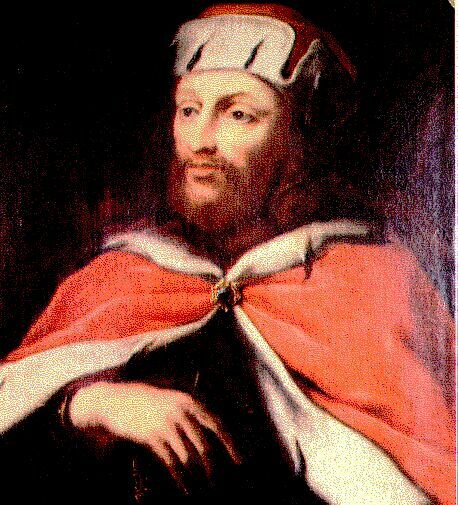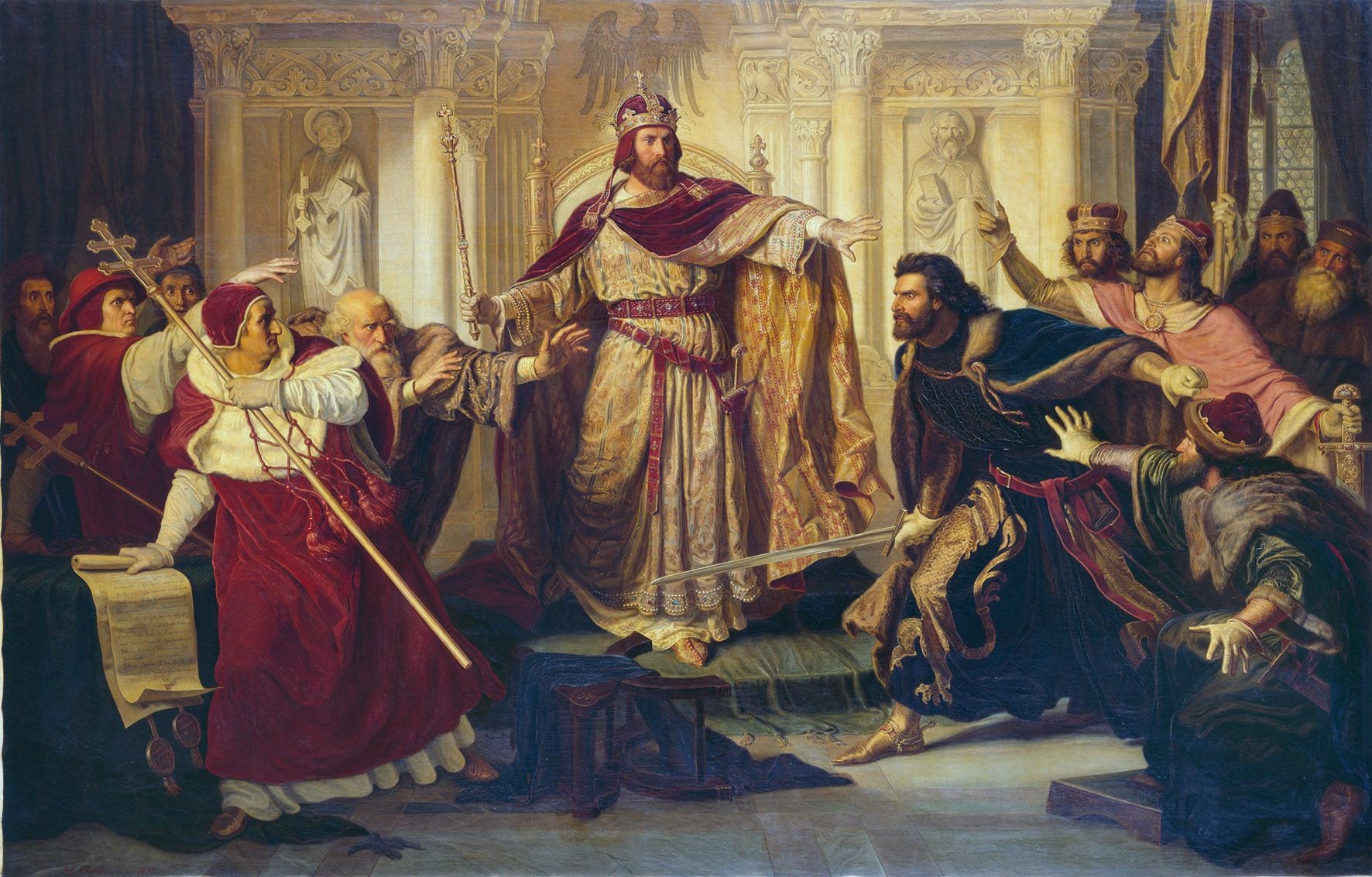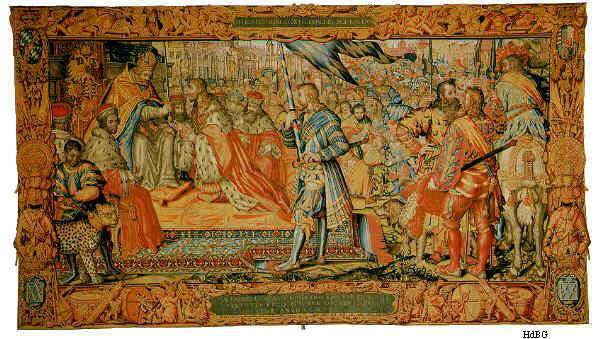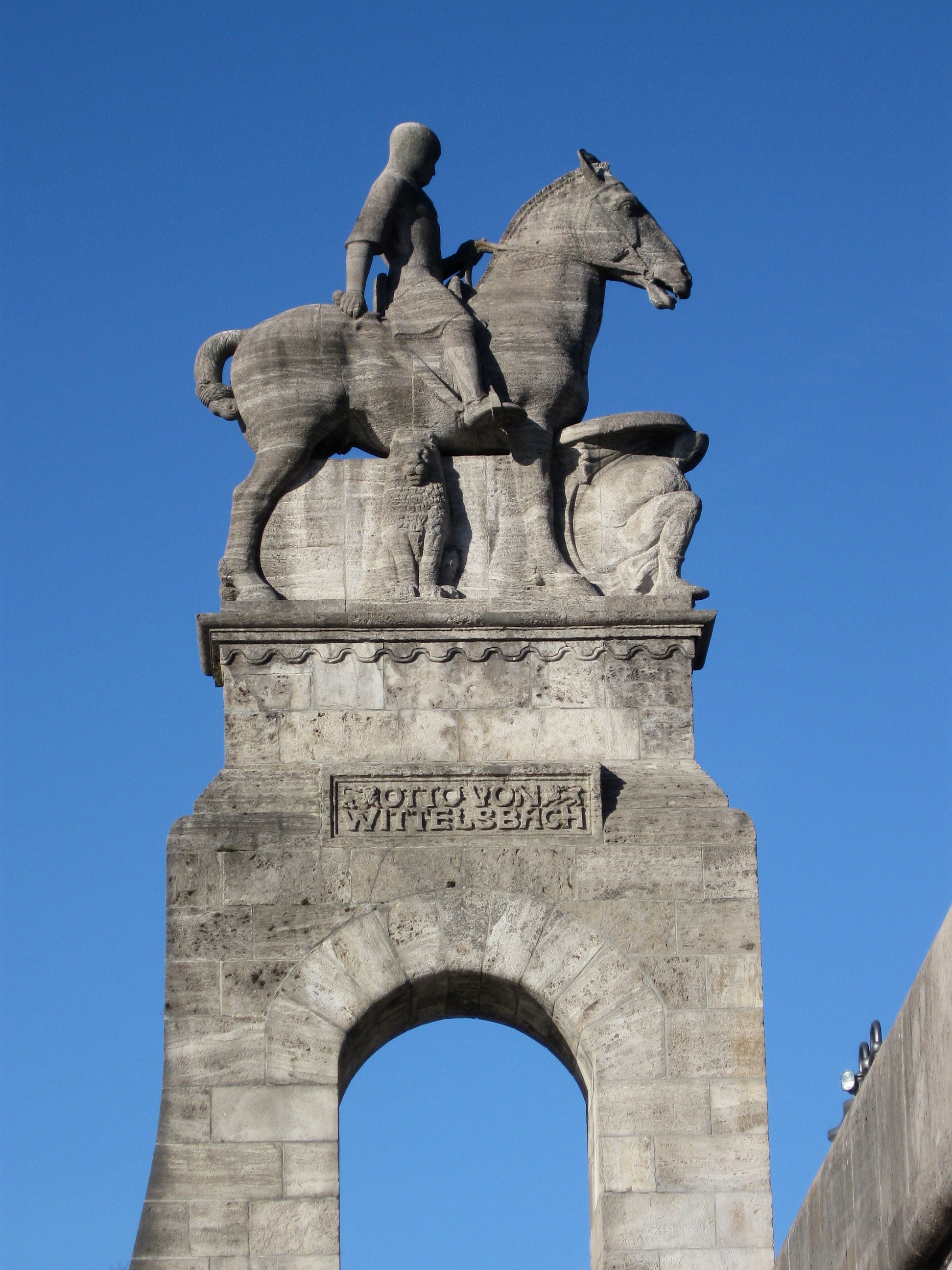1. Overview

Otto I (1117 - 11 July 1183), known as der Rotkopfthe RedheadGerman, was the first Duke of Bavaria from the House of Wittelsbach, reigning from 1180 until his death. Prior to his ducal reign, he served as Count Palatine of Bavaria from 1156 to 1180, where he was also known as Otto VI. A close ally of Holy Roman Emperor Frederick Barbarossa of the Hohenstaufen dynasty, Otto was instrumental in securing imperial support for his family's ascent. His investiture as Duke of Bavaria followed the deposition of Henry the Lion, a rival from the House of Welf. Despite initial resistance from the local nobility, Otto, with imperial backing, successfully consolidated his family's authority, establishing a dynasty that would rule Bavaria for 738 years, until the abdication of King Ludwig III of Bavaria during the German Revolution of 1918. His reign marked a pivotal moment in the political and social development of Bavaria, laying the groundwork for centuries of Wittelsbach rule.
2. Life
Otto I's early life and career as Count Palatine laid the foundation for his later ducal reign, deeply intertwining his fate with the political landscape of the Holy Roman Empire.
2.1. Birth and Family
Otto I was born in 1117, likely in Kelheim. He was the son of Count Otto IV of Wittelsbach, who served as Count Palatine of Bavaria from 1120, and Heilika of Pettendorf-Lengenfeld. His father's family, the House of Wittelsbach, had been prominent as Counts of Scheyern in Upper Bavaria since the 11th century. They adopted the name Counts of Wittelsbach in the early 12th century after relocating to Wittelsbach Castle in Swabia. Otto's mother, Heilika, was a granddaughter of Frederick I, Duke of Swabia, connecting Otto to the powerful House of Hohenstaufen. Among his siblings was Conrad of Wittelsbach, who would later become the Archbishop of Mainz and Salzburg.
2.2. Early Career as Count Palatine
Following the death of his father in 1156, Otto inherited the family's Wittelsbach possessions. He also succeeded his father as Count Palatine of the Bavarian duchy. At this time, Bavaria was under the rule of Henry the Lion, a prominent figure from the House of Welf. Otto's position as Count Palatine placed him in a significant administrative role within the duchy, even while it was governed by a rival dynasty.
3. Reign as Duke of Bavaria
Otto I's tenure as Duke of Bavaria was characterized by his strategic political alliances, active participation in imperial affairs, and efforts to solidify his family's control over the duchy.
3.1. Alliance and Service to Emperor Frederick I

Otto was a steadfast and close ally of Holy Roman Emperor Frederick Barbarossa, actively serving him both militarily and diplomatically. In 1155, demonstrating his prowess as one of the Emperor's most skilled knights, Otto led 200 hand-picked soldiers to storm and conquer the strategically vital position overlooking the Defile of Ceraino near Verona. This crucial action secured the safe passage of Barbarossa's army caravan back to Germany after the Emperor's coronation in Rome.
His loyalty and fiery temperament were further highlighted during the 1157 Diet of Besançon. Amidst the heated Dominium mundi conflict between the Emperor and the Pope, Otto's indignation was so strong that he was on the verge of striking the papal legate, Cardinal Rolando Bandinelli, with his battleaxe. He was only restrained from this act by the personal intervention of Emperor Frederick himself.
3.2. Investiture and Consolidation of Power

Otto's unwavering support for the Emperor was finally rewarded on 16 September 1180, when he was granted the Duchy of Bavaria at Altenburg in Thuringia. This occurred after the deposition of the powerful Duke Henry the Lion. However, Otto's appointment was met with significant skepticism and even outright defiance from a considerable portion of the Bavarian aristocracy. Many nobles reportedly refused to pay him the customary homage, and some went as far as to boycott his inaugural court assembly held in Regensburg. Despite this initial reluctance from the wary Bavarian nobility, Otto, with the crucial backing of Emperor Frederick and the support of his brother Conrad, was able to gradually secure and solidify his dynasty's rule over Bavaria. This marked the beginning of the Wittelsbach family's long and influential control over the region.
3.3. Administrative and Territorial Actions
Otto's ducal reign also saw significant territorial adjustments within Bavaria. In the same year of his investiture, 1180, the Duchy of Styria was separated from Bavaria under Duke Ottokar IV. This separation resulted in Bavaria losing its last southeastern territories. Beyond these broader territorial changes, Otto also engaged in specific administrative acquisitions. In 1182 or 1183, he purchased Dachau castle, along with its ministeriales and all associated appurtenances, for a substantial sum of cash from the widow of Conrad II, the last duke of Dachau and Merania.
3.4. Role in Imperial Diplomacy
Otto I continued to play a role in broader imperial politics even after becoming Duke of Bavaria. In 1183, he accompanied Emperor Frederick I to Constance for the signing of the Peace of Constance with the Lombard League. This participation underscored his continued importance in the Emperor's diplomatic efforts and his engagement with the wider political affairs of the Holy Roman Empire.
4. Personal Life
Otto I's personal life, particularly his marriage and the birth of his children, was crucial for the continuation and establishment of the Wittelsbach dynasty in Bavaria.
4.1. Marriage and Spouse
Around 1169, Otto I married Agnes of Loon. Agnes was the daughter of Count Louis I of the County of Loon. This marriage was a significant alliance, further strengthening Otto's connections within the European nobility.
4.2. Issue
Agnes and Otto had several children, who would continue his lineage and secure the future of the House of Wittelsbach. Their children included:
- Otto (c. 1169 - 1181)
- Ulrich († 29 May...)
- Sophia (c. 1170 - 1238), who married Landgrave Hermann I of Thuringia (c. 1155 - 1217)
- Heilika (c. 1171 - c. 1200), who married Dietrich of Wasserburg (c. 1142 - c. 1210)
- Agnes (c. 1172 - c. 1200), who married Count Henry of Plain (died c. 1190)
- Richardis (c. 1173 - 1231), who married Count Otto I of Guelders and Zutphen (died 1207)
- Louis I (c. 1173 or 1174 - 1231), who later succeeded his father as Duke of Bavaria and married Ludmilla of Bohemia
- Heilika (c. 1176 - 1214), who married Count Adelbert III of Dillingen (died 1214)
- Elisabeth (c. 1178 - c. 1190), who married Count Berthold II of Vohburg (died 1209)
- Mechtild (c. 1180 - 1231), who married Count Rapoto II of Ortenburg (1164-1231)
5. Death and Burial
Otto I's life concluded abruptly while on an important imperial mission, and his final resting place became a traditional site for his family.
5.1. Death
Otto I died suddenly on 11 July 1183, while traveling back from Constance with Emperor Frederick I. His death occurred at Pfullendorf in Swabia. He was succeeded by his only surviving son, Louis I.
5.2. Burial
Otto I's mortal remains were interred in the crypt of Scheyern Abbey. This abbey served as a traditional burial site for members of the Wittelsbach family.
6. Legacy and Impact

Otto I's reign, though relatively short, had a profound and lasting impact on the history of Bavaria and the trajectory of the House of Wittelsbach.
6.1. Founding of the Wittelsbach Rule in Bavaria
Otto I's most significant contribution was his pivotal role in establishing the House of Wittelsbach as the ruling dynasty of Bavaria. By securing the ducal title through his loyal service to Emperor Frederick I, he laid the foundation for a continuous line of Wittelsbach rulers that would govern Bavaria for an extraordinary 738 years. This unbroken rule persisted until the abdication of King Ludwig III of Bavaria in 1918 during the German Revolution. This dynastic establishment transformed the political landscape of the region, ensuring the Wittelsbachs' enduring influence and shaping Bavaria's identity for centuries.
6.2. Historical Significance
Otto I's reign marked a critical period of consolidation for ducal power within Bavaria, following the tumultuous era of Henry the Lion. His ability to secure the duchy despite initial opposition from the local nobility, largely through imperial support, demonstrated his political acumen. He strengthened the Wittelsbach family's position, allowing them to develop into a powerful and influential house within the Holy Roman Empire. His actions helped to define the territorial boundaries of Bavaria, notably with the separation of Styria, and contributed to the administrative structure of the duchy. Overall, Otto I's legacy is that of a foundational figure who, through strategic alliances and firm governance, cemented his family's place in European history and profoundly influenced the future of Bavaria.